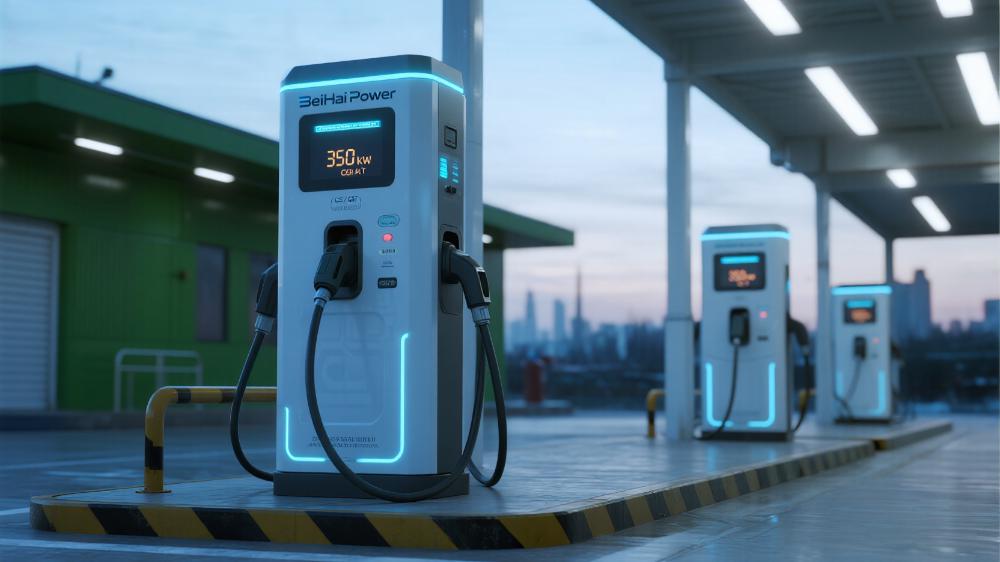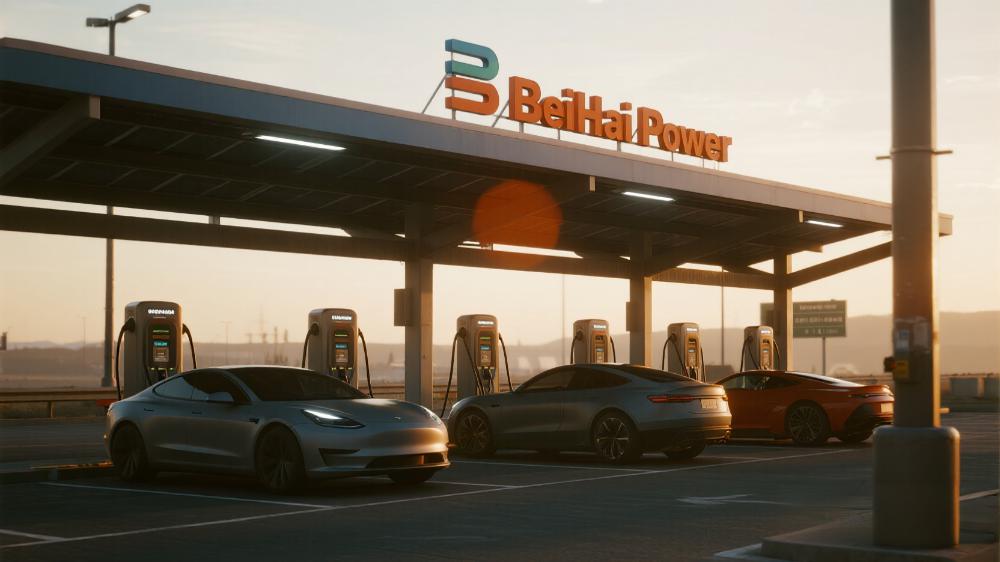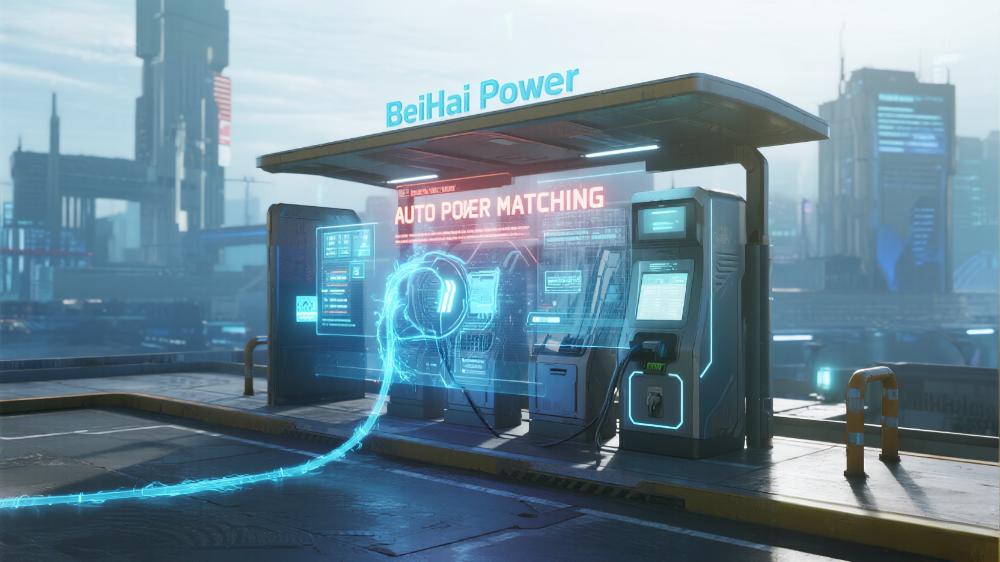Have you ever wondered why different brands of electric vehicles can automatically match the charging power after plugging in the charging pile? Why do some charging piles charge fast and others slowly? Behind this is actually a set of “invisible language” controlling – that is, the charging protocol. Today, let’s reveal the “rules of dialogue” between charging piles and electric vehicles!
1. What is a charging protocol?
- The Charging Protocol is the “langu+age” for communication between electric vehicles (EVs) and ev charging stations (EVSEs) that specify:
- Voltage, current range (determines charging speed)
- Charging Mode (AC/DC)
- Safety protection mechanism (over-voltage, over-current, temperature monitoring, etc.)
- Data interaction (battery status, charging progress, etc.)
Without a unified protocol, ev charging piles and electric vehicles may “not understand” each other, resulting in inability to charge or inefficient charging.

2. What are the mainstream charging protocols?
At present, the common ev charging protocols around the world are mainly divided into the following categories:
(1) AC charging protocol
Suitable for slow charging (home/public AC piles):
- GB/T (national standard): Chinese standard, domestic mainstream, such as BYD, NIO and other brands used.
- IEC 61851 (European standard): commonly used in Europe, such as Tesla (European version), BMW, etc.
- SAE J1772 (American standard): North American mainstream, such as Tesla (US version), Ford, etc.
(2) DC fast charging protocol
Suitable for fast charging (public dc fast charging piles):
- GB/T (National Standard DC): Domestic public dc fast charging stations are mainly used, such as State Grid, Telei, etc.
- CCS (Combo): mainstream in Europe and the United States, integrating AC (J1772) and DC interfaces.
- CHAdeMO: Japanese standard, used in early Nissan Leaf and other models, gradually replaced by CCS.
- Tesla NACS: Tesla-exclusive protocol, but is being opened to other brands (e.g., Ford, GM).

3. Why do different protocols affect charging speed?
The electric car charging protocol determines the maximum power negotiation between the ev charger and the vehicle. For example:
- If your car supports GB/T 250A, but the electric car charging pile only supports 200A, the actual charging current will be limited to 200A.
- Tesla Supercharging (NACS) can provide 250kW+ of high power, but ordinary national standard fast charging may only be 60-120kW.
Compatibility is also important:
- Using adapters (such as Tesla’s GB adapters) can be adapted to different protocols, but power may be limited.
- Some electric car charging stations support multi-protocol compatibility (such as supporting GB/T and CHAdeMO at the same time).

4. Future Trends: Unified Agreement?
Currently, global electric vehicle charging protocols are not fully harmonized, but the trend is this:
- Tesla NACS is gradually becoming mainstream in North America (Ford, GM, etc. join).
- CCS2 is dominant in Europe.
- China’s GB/T is still being upgraded to accommodate higher power fast charging (such as 800V high-voltage platforms).
- Wireless charging protocols such as SAE J2954 are being developed.
5. Tips: How to make sure the charging is compatible?
When buying a car: Confirm the charging protocol supported by the vehicle (such as national standard/European standard/American standard).
When charging: Use a compatible electric vehicle charging station, or carry an adapter (like Tesla owners).
Fast charging pile selection: Check the protocol marked on the charging pile (such as CCS, GB/T, etc.).

Summary
The charging protocol is like a “password” between the electric vehicle and the ev charger station, and only matching can be charged efficiently. With the development of technology, it may be more unified in the future, but it is still necessary to pay attention to compatibility. What protocol does your electric vehicle use? Go and check the logo on the charging port!
Media Contact
Company Name: Jiujiang Xingli Beihai Composite Co.,Ltd.
Email: Send Email
Country: China
Website: https://www.beihaipower.com/






